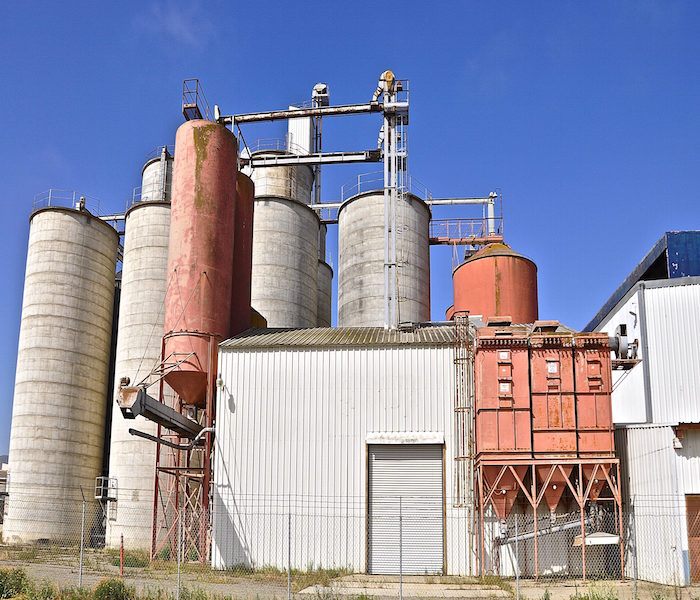I love peanuts and cashews and almonds and walnuts and pistachios, but they absolutely do not love me. I wouldn’t say I have a nut allergy — there’s no EpiPen in my bag — just a general malaise hits me hard when I eat them. So, I’m always in search of that perfect snack food that’s not too high in calories or fat, isn’t too sugary and doesn’t taste like a piece of cardboard. Not easy, right?
I was in one of those gas station convenience stores not too long ago and stumbled across something I haven’t eaten in years. A crunchy, salty, sometimes spicy nibble that, I discovered, satisfies my mid-day cravings. It’s not a candy bar or a box of cookies, trail mix, chips or beef jerky. But it is the answer to when a nut is not a nut. What is this mouthwatering treat?
Corn nuts.
What!!?? I know what you’re thinking. Those hard-cracking, teeth-busting, odoriferous and somewhat unappealing looking cracked corn morsels that have absolutely no scientific relationship to a nut? Yes! And if eaten in moderation, which is the point of a snack, they’re surprisingly not unhealthy.
So, there I was filling up my gas tank, munching from a bag of my newly discovered ranch flavored treats, wondering what the heck is the story of corn nuts when after a quick Google search I come to find out that corn nuts were grown and processed right here in the Salinas Valley. The city of Greenfield was, at one time, considered the Corn Nut Bastion of the World, some even said the Corn Nut Capital of the Entire Universe.
That’s a pretty significant designation. And a great story. But first, a little bit about the corn behind this superstar snack.
The story begins in Mexico where corn, or maize, was first domesticated about 9,000 years ago. It was a dietary staple of indigenous people and most likely made its way into South and North America along trade routes. A variety named choclo, a gargantuan kernel that grows only in the Andes, is used in South American fare. Also known as Cuzco corn, named for the capital city of the ancient Inca Empire, it was toasted and salted, similar to … today’s corn nuts.
Fast forward to 1965 and Greenfield, California where agronomist and plant geneticist Donald L. Shaver took on the task of growing Cuzco corn in the Salinas Valley for Cornnuts, Inc. At the request of Albert Halloway, founder of the Oakland-based company, Shaver was brought on board to grow this delicacy in the States to help the company end its dependence on Peruvian-grown corn.
Shaver spent eight years in the lab, researching and breeding different varieties of corn until he reached the tip of the tassel of corn production with a hybrid that not only tasted great, but could be grown in the Salinas Valley.
Six ranches, about 2,000 acres from San Ardo to Soledad, cultivated this new variety in the mild climate that mimicked the remote valley in the Andes where this corn had only every grown before. The Greenfield factory on Winham Street processed as much as 12,000 tons each year of the hefty ears of corn. The corn was harvested in the morning, grated and stored at the plant before being shipped to another facility where the kernel skins were soaked off and then the corn was roasted in palm oil, salted, packaged and distributed. By the 1990s, the facility was still processing about 60 percent of the company’s corn nut needs. In 1998, the Halloway family sold the company to Nabisco. Today, corn nuts are no longer made of the large Cuzco corn size.
And sadly, Cuzco corn isn’t grown in the Valley anymore. The plant is still on Winham Street in Greenfield though, a cluster of silent silos, symbolic of the ever-changing face of agriculture in the Salinas Valley.
Corn nuts, however, crunch on in five different flavors — ranch, my preferred choice, BBQ, chile picante con limon and jalapeño cheddar.




